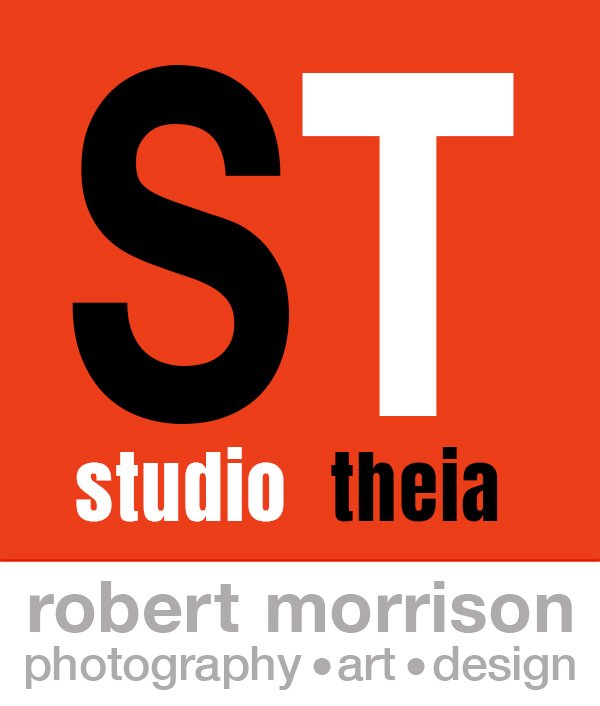My love affair with Japanese papers is nearly lifelong going back to when I first saw Frank Lloyd Wright’s collection of Japanese art many decades ago. It also stems from the concept of wabi-sabi (侘寂), or accepting, if not delighting in imperfection, something which was essential to me when I was a painter and sculptor. It's ironic that years ago, when I first visited Hiromi Paper Inc. in search of Japanese papers to try with inkjet printing, I used printers loaded with custom grayscale inks, and used exotic workflows and drivers in quest of the perfect digital fiber-based “silver” prints, no wabi-sabi allowed. It took years for commercial printers and papers to evolve, but now we have the ability to make beautiful archival fiber-based BW and color photographic prints. But in spite of all of these “perfect” prints that I produce on a daily basis, I still crave wabi-sabi.
Recently I’ve been working on printing work from three different series of art (Moving Meditation, Take the No. 9, and Collision of Moments) that both formally and conceptually called out for Japanese papers that partner with the images to make them more than just photographic prints. I’ve tested more than 30 different Hiromi papers at this point including both machine and handmade papers made from a variety of fibers both inkjet coated and uncoated. The papers range from tissue thin to more substantial washi. Currently I’m printing in both color and grayscale using Colorbyte Software’s Imageprint Black RIP with a Canon imagePROGRAF PRO-1000 17-inch printer.
In this article we focus on prints from my Collision of Moments series which are color. The images are light-painted time exposures that I began to experiment with about two decades ago. They involve collaborating with movement artists (yogis, modern dancers, belly dancers, or artist’s models) who move through space for up to 10 seconds. During their movement I hold the shutter open and watch, triggering several flash heads placed around the room to punctuate moments, glimpses of mindfulness, in a stream of movement. The process is very rich and I’m forever grateful to my collaborators for their experimental spirit.
An essential aspect of this project, and also of my love for photography, photographic printing, tea, and all things Japanese is a now more than 20 year friendship with Antonis Ricos. I trust Antonis’s eyes (and brain) more than any other human to evaluate a print both technically and artistically. He’s been more than generous to pour over my print samples, evaluating the papers, profiles, and most of all the wabi-sabi to give you a glimpse into what you can expect from inkjet printing on Japanese washi. He has also beautifully photographed the samples to demonstrate all of these features and provided detailed observations on what he sees. See his comments as well as demonstrative photographs here.
There is still much to do in the project including selecting the final paper for each series and fine-tuning profiles and images, but the journey so far has been most rewarding, and I look forward to showing these once we are again free to roam the planet.
bricked, 2018, ap
fine art digital print on handmade gampi paper
collaborator: corah
photo: antonis ricos
full circle, 2004, ap
fine art digital print on japanese washi
collaborator: shahina
detail photo: antonis ricos
mindful flight, 2019, ap
fine art digital print on gampi tissue
collaborator: marley hornewer
detail photo: antonis ricos
